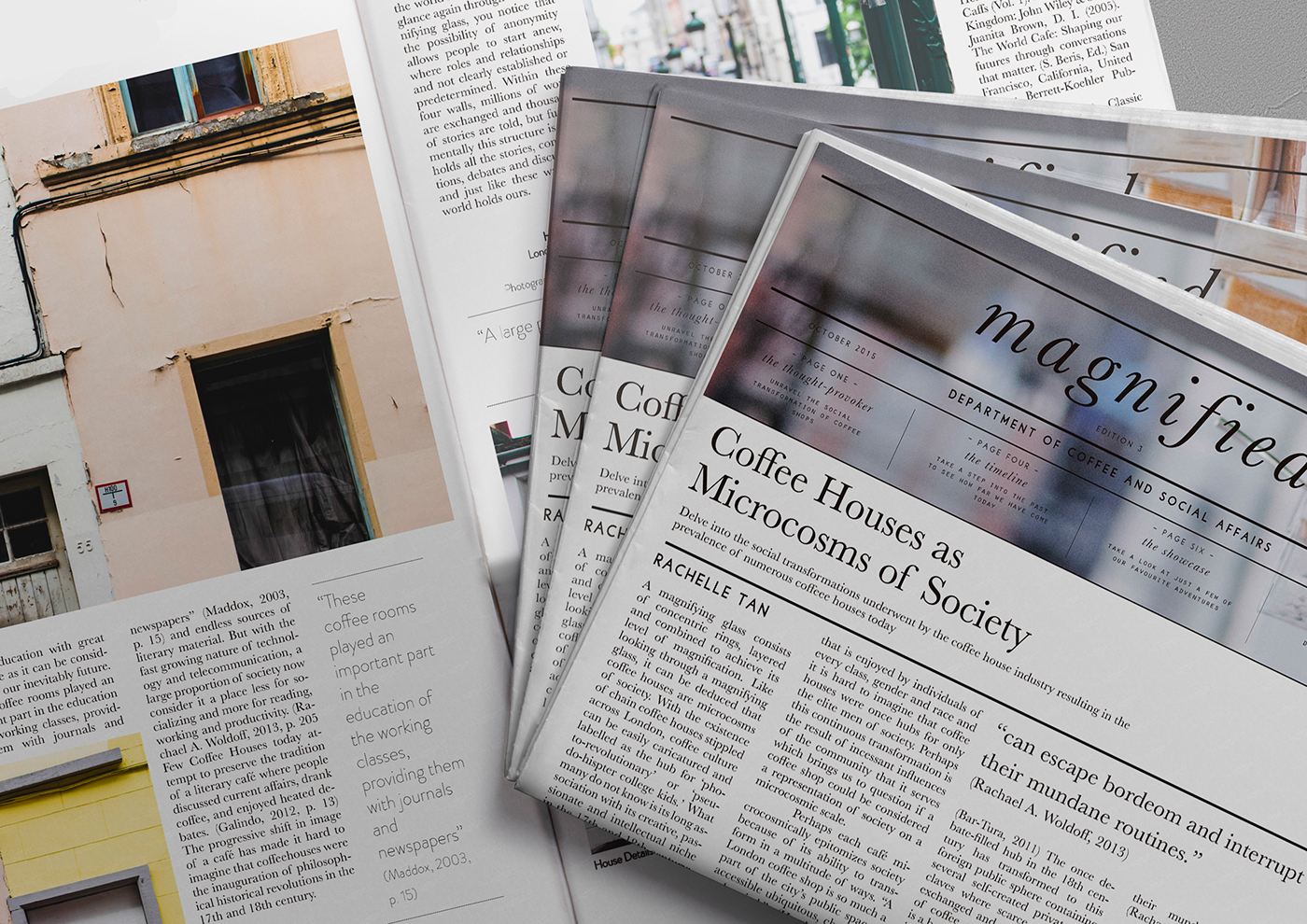
A magnifying glass consists of concentric rings, layered and combined to achieve its level of magnification. Like looking through a magnifying glass, it can be deduced that coffee houses are microcosms of society. With the existence of chain coffee houses stippled across London, coffee culture can be easily caricatured and labelled as the hub for ‘photo-revolutionary’ or ‘pseudo-hispter college kids.’ (Brandon, 2007) What many do not know is its long association with its creative, passionate and intellectual niche in the 17th and 18th century; highlighting the revolutionary social transformation in coffee houses today. Society as we know it stifles an immeasurable level of power; one that has the ability to mould and shape the entirety of the 21st century. Today, coffee houses have transformed from venues serving cheap coffees, to becoming fashionable boutiques that is enjoyed by individuals of every class, gender and race and it is hard to imagine that coffee houses were once hubs for only the elite men of society. Perhaps this continuous transformation is the result of incessant influences of the community that it serves which brings us to question if a coffee shop could be considered a representation of society on a microcosmic scale.
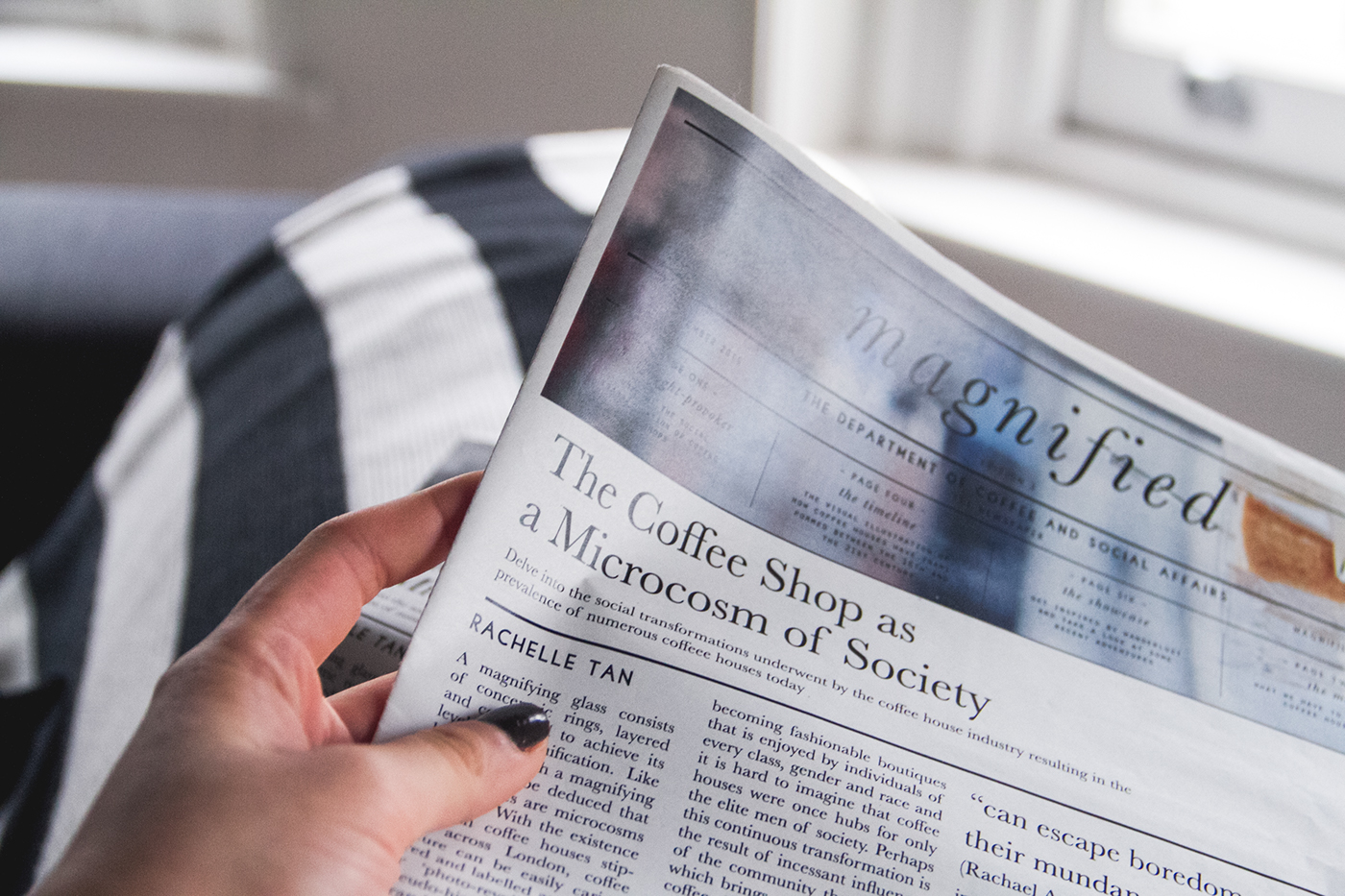
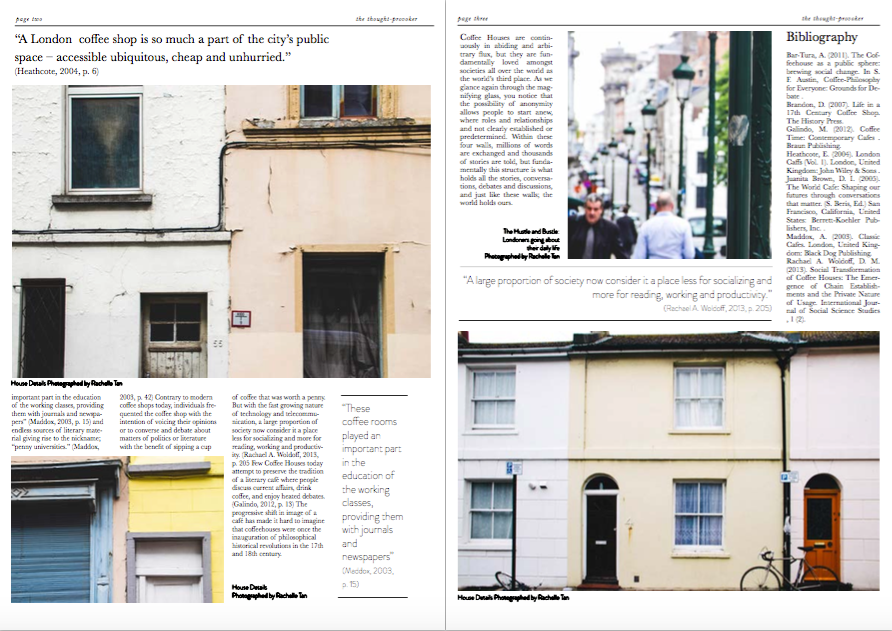
Perhaps each café microcosmically epitomizes society because of its ability to transform in a multitude of ways. “A London coffee shop is so much a part of the city’s public space - accessible ubiquitous, cheap and unhurried.” (Heathcote, 2004, p. 6) Today, coffee shops have become pseudo libraries taken over by the exponential growth in the technological industry. (Bar-Tura, 2011) The once debate-filled hub in the 18th century has transformed to this foreign public sphere containing several self-created private enclaves where scarce words are exchanged and even more cups of coffee consumed. Because it is a beverage whose consumption is closely associated with social interaction, it has penetrated human lifestyles, creating a façade that labels coffee shops as being the new ‘in’ place to be. Socialites and students alike congregate at this ‘third-place’ where they “can escape boredom and interrupt their mundane routines.” (Rachael A. Woldoff, 2013) It can be argued that modern contemporary cafes have lost its profound heritage of this revolutionary public sphere where it was once a zone for the movement of ideas, beliefs and opinions. (Bar-Tura, 2011) Vincent van gogh, Ernest Hemingway and JK Rowling are just a few of the many individuals who sought comfort and derived inspiration within the walls of a coffee shop. However, today, the cutthroat nature of the creative industry has forced individuals, artists and writers to keep ideas to themselves, inevitably undermining one of the key purposes of a coffee shop centuries ago.
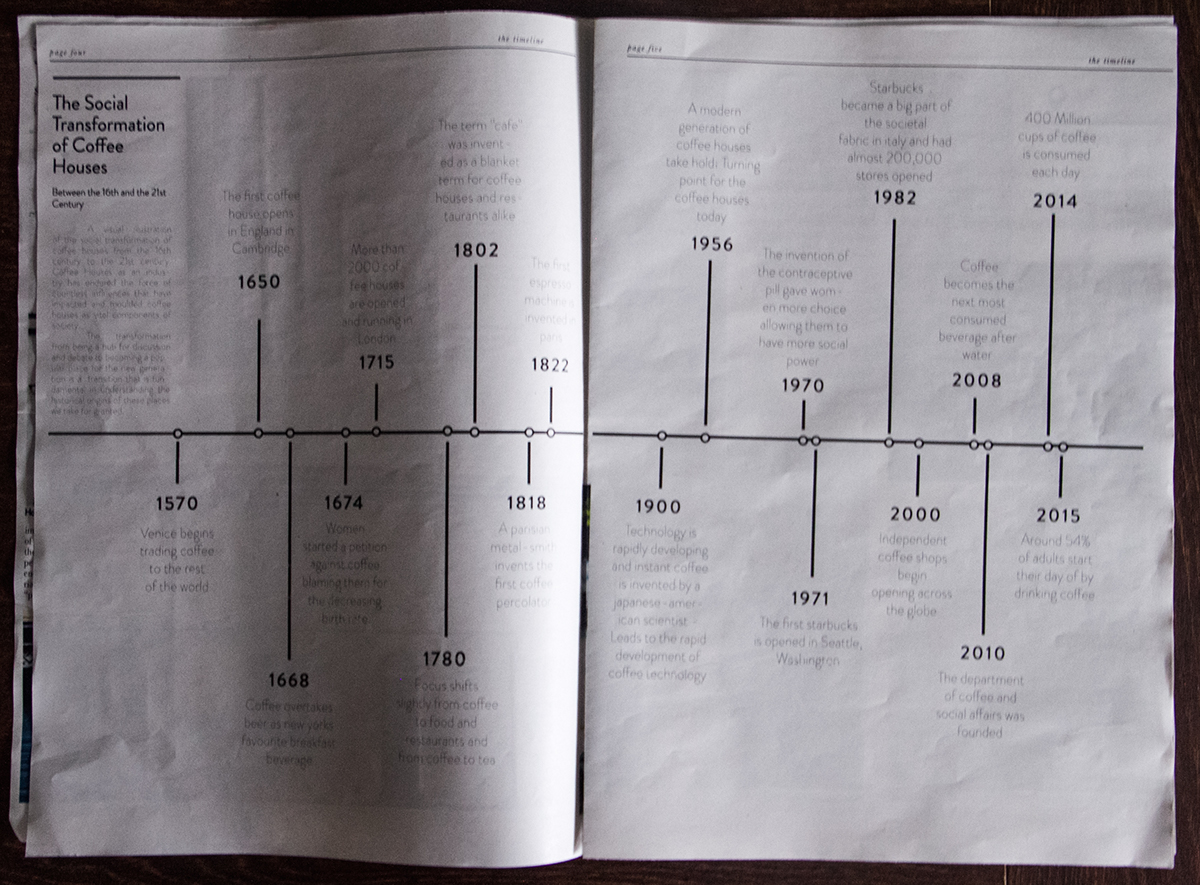
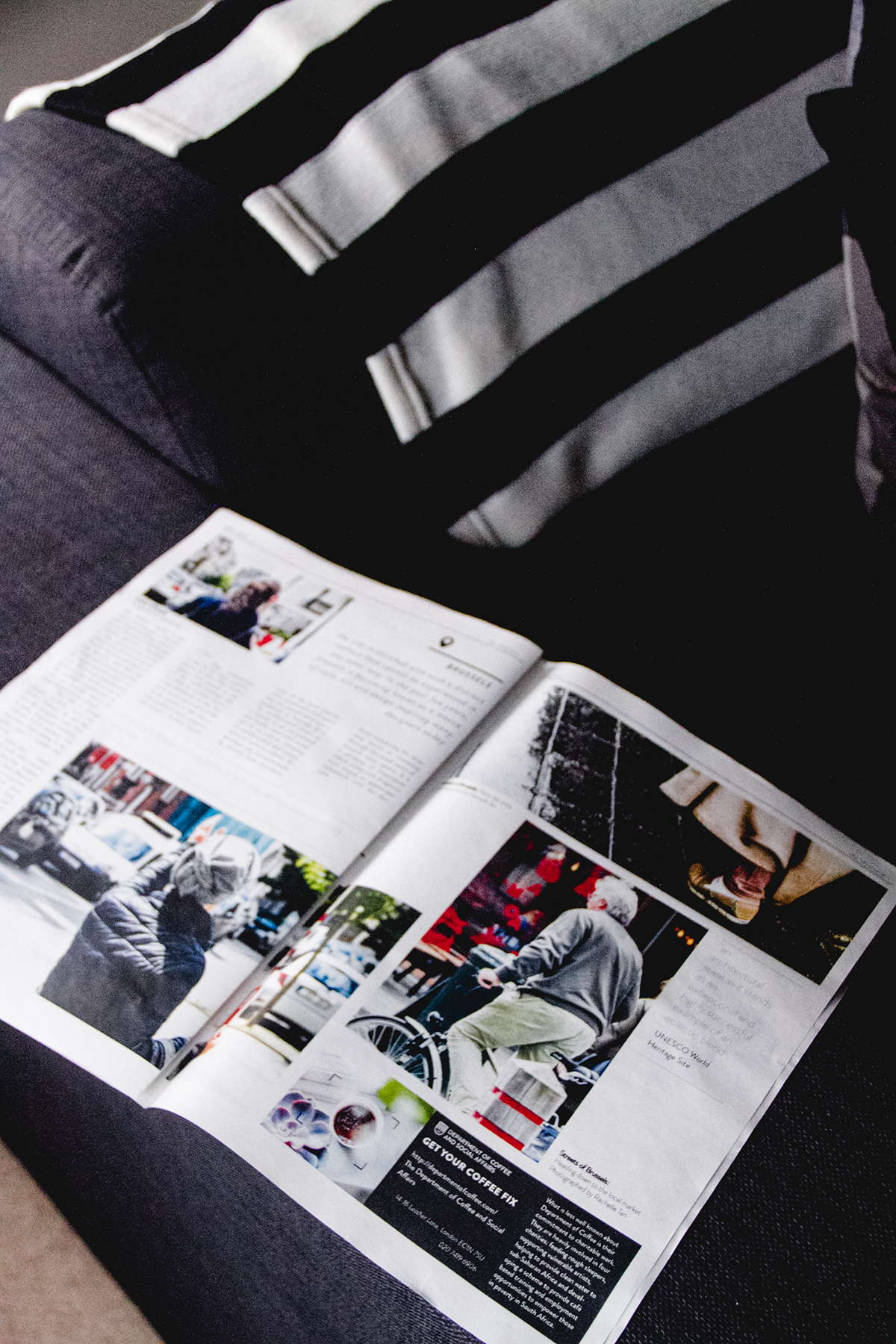
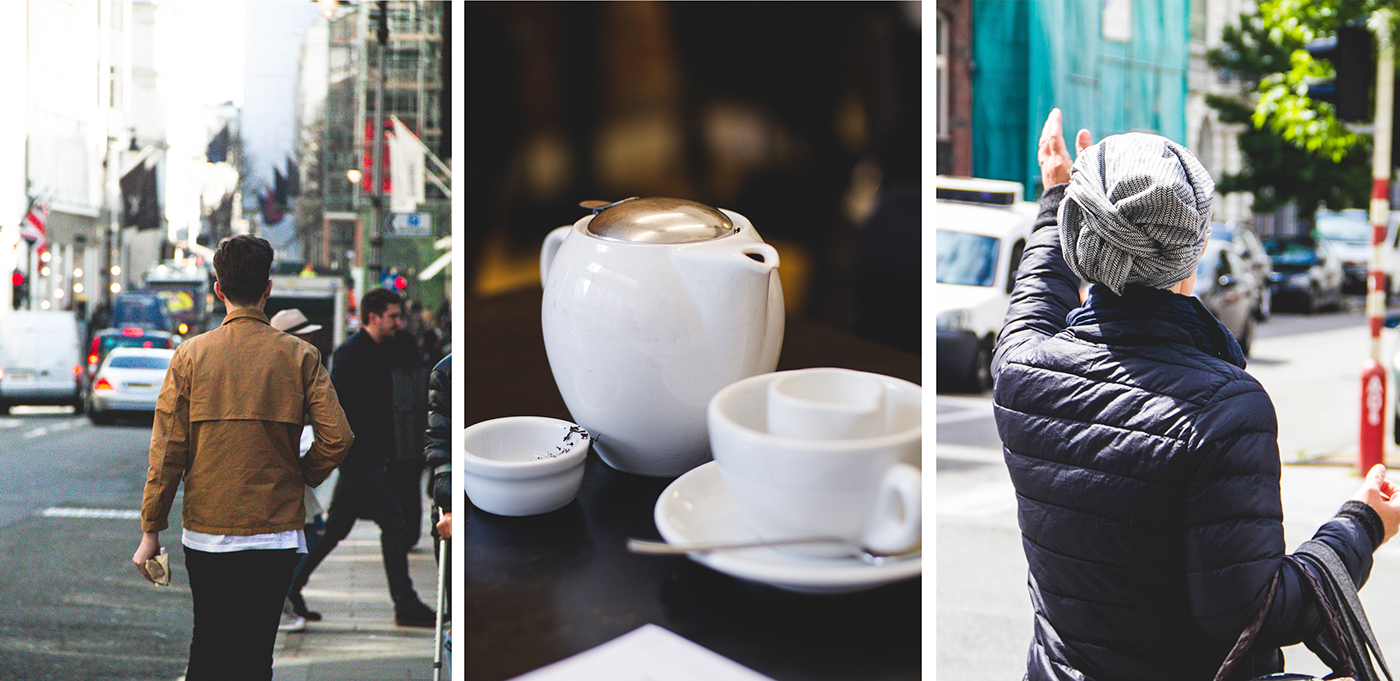
Additionally, as humans we rank education with great importance as it can be considered to be our inevitable future. “These coffee rooms played an important part in the education of the working classes, providing them with journals and newspapers” (Maddox, 2003, p. 15) and endless sources of literary material giving rise to the nickname; “penny universities.” (Maddox, 2003, p. 42) Contrary to modern coffee shops today, individuals frequented the coffee shop with the intention of voicing their opinions or to converse and debate about matters of politics or literature with the benefit of sipping a cup of coffee that was worth a penny. But with the fast growing nature of technology and telecommunication, a large proportion of society now consider it a place less for socializing and more for reading, working and productivity. (Rachael A. Woldoff, 2013, p. 205 Few Coffee Houses today attempt to preserve the tradition of a literary café where people discuss current affairs, drink coffee, and enjoy heated debates. (Galindo, 2012, p. 13) The progressive shift in image of a café has made it hard to imagine that coffeehouses were once the inauguration of philosophical historical revolutions in the 17th and 18th century.
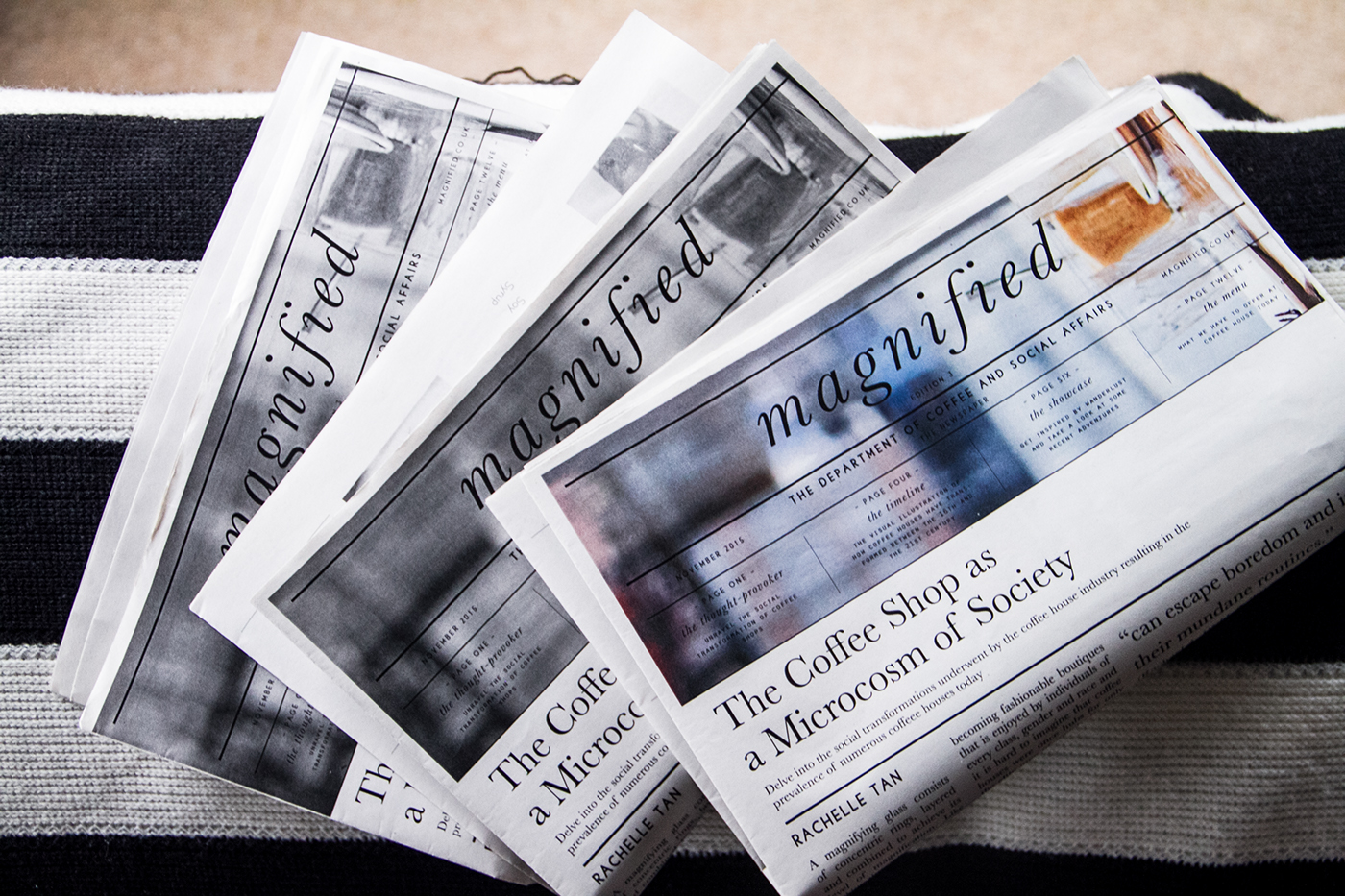
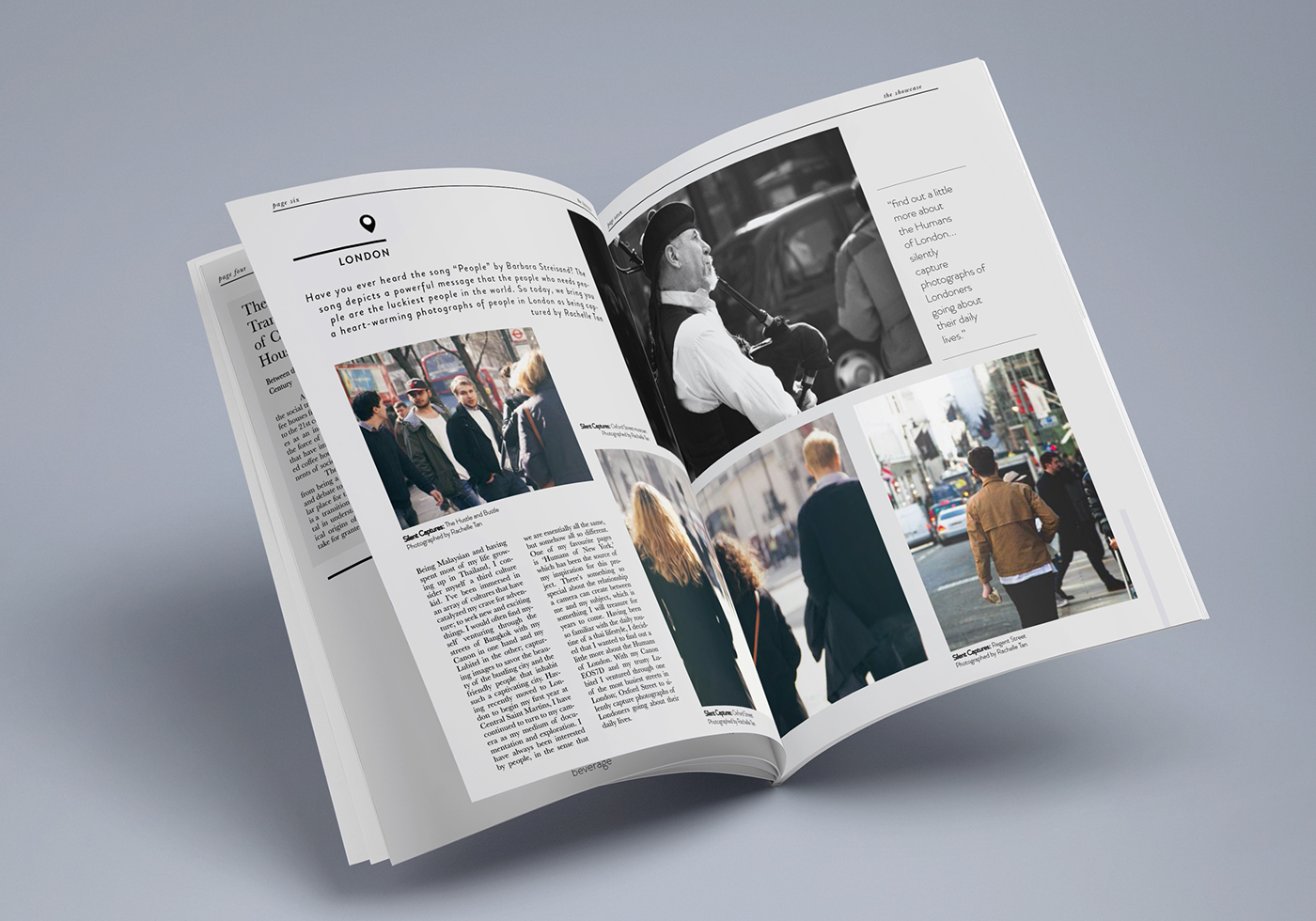
Coffee Houses are continuously in abiding and arbitrary flux, but they are fundamentally loved amongst societies all over the world as the world’s third place. As we glance again through the magnifying glass, you notice that the possibility of anonymity allows people to start anew, where roles and relationships and not clearly established or predetermined. Within these four walls, millions of words are exchanged and thousands of stories are told, but fundamentally this structure is what holds all the stories, conversations, debates and discussions, and just like these walls; the world holds ours.
Thanks for Scrolling!








